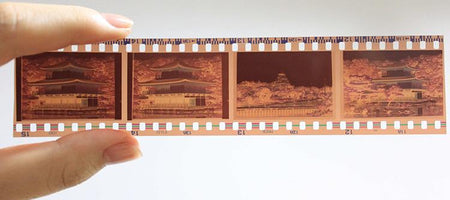Do you remember a time before smartphones when we had to carry big, heavy, and awkward camcorders on our shoulders just to record a kid’s soccer game or a cousin’s wedding?
The era of the camcorder was glorious and is deeply missed by those of us who are nostalgic, although we wouldn’t trade the ease of smartphone recording for it.
The satisfying click of the tape popping into the camera, the sound of the tape rolling during recording, the back pain from holding a heavy camera on your shoulder for hours, all these things were once signs of amazing revolutions in technology. Let’s dive into the history of camcorders to see where it all began.
Before the invention of the camcorder, television production companies used cameras with separate video recorders to capture their programs. A large, heavy camera would be connected to a video recorder unit by an adapter, and this is how video recording was done before the era of the camcorder. Mobile video recording was a two-person job using this method, as both the camera and recorder were awkward and heavy and could not be operated by just one person. It seems a little overcomplicated, right?
Well, Sony quickly solved the problem of the separate camera and recording system with the invention of the first camcorder. Released in 1983, Sony’s Betacam system was the first ever to combine a camera and a video recorder unit all in one device, making it easier to operate and transport. Camera operators everywhere loved the freedom the Betacam offered, as it allowed them to move around much easier as they recorded. The Betacam quickly became standard equipment for broadcast news.
In the same year, the consumer-grade camcorder that we all know and love came onto the scene with the Betamovie BMC-100P. All you had to do was pop a Betamax tape into the side, press record and voila! This massive video camera was designed to rest on the operator’s shoulder since it was much too big to allow for a single-hand grip design. The Betamovie could record anything you pointed its lens at, but it did not have playback capabilities. In the years following its release, other companies like JVC and Kodak began making their versions of the camcorder, and playback functionality was added to these designs, making them slightly more desirable.
While tape camcorders were immensely popular for a time in the ‘80s and early ‘90s, they were eventually ushered out of popular use with the invention of digital camcorders. Some hybrid models between tape and digital were invented like the MiniDV and Digital8, but camcorders inevitably became fully digital by the early 2000s. Now, tape camcorders are mostly obsolete, although some still use these types of camcorders for the nostalgia.
Today, we carry around video cameras in our pockets. The invention of the smartphone with video recording and playback capabilities has come only 20 years or so following the invention of the tape camcorder. Who would’ve thought that in just two decades we could go from lugging around giant cameras on our shoulders to simply pulling a tiny smartphone out of our pockets to record something?













